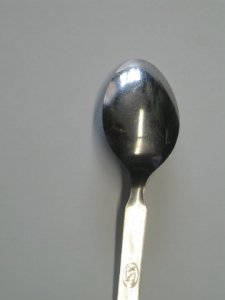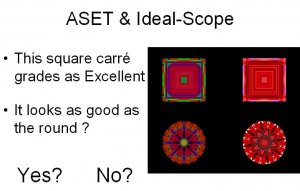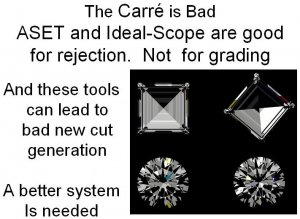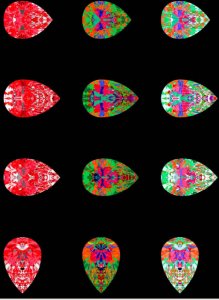Regular Guy
Ideal_Rock
- Joined
- Jul 6, 2004
- Messages
- 5,962
So, whether you think they didn''t help too much to begin with...or you think that...consistent with the HCA (in the case of a round), they''re only good for an initial screening...what specific procedures remain for...either an initial selection (in the case of David, as an example) or after the initial cut has passed muster (in the case of Serg).
In other words, to David in particular, when engaging in initial filtering for stock, you don''t look at everything that might pass through, do you? Too much, right? You have your own formula, based either on proportions...or something? What''s the something? Just trust in your own supplier, who has figured out your preferences? If so, what screening does he or she, do you think, do on your behalf?
And, to Serg, since lighting at least can confound, after using reflectors to control for that, what other controls, if any, can you exercise to select further?
Regards,
In other words, to David in particular, when engaging in initial filtering for stock, you don''t look at everything that might pass through, do you? Too much, right? You have your own formula, based either on proportions...or something? What''s the something? Just trust in your own supplier, who has figured out your preferences? If so, what screening does he or she, do you think, do on your behalf?
And, to Serg, since lighting at least can confound, after using reflectors to control for that, what other controls, if any, can you exercise to select further?
Regards,















300x240.png)